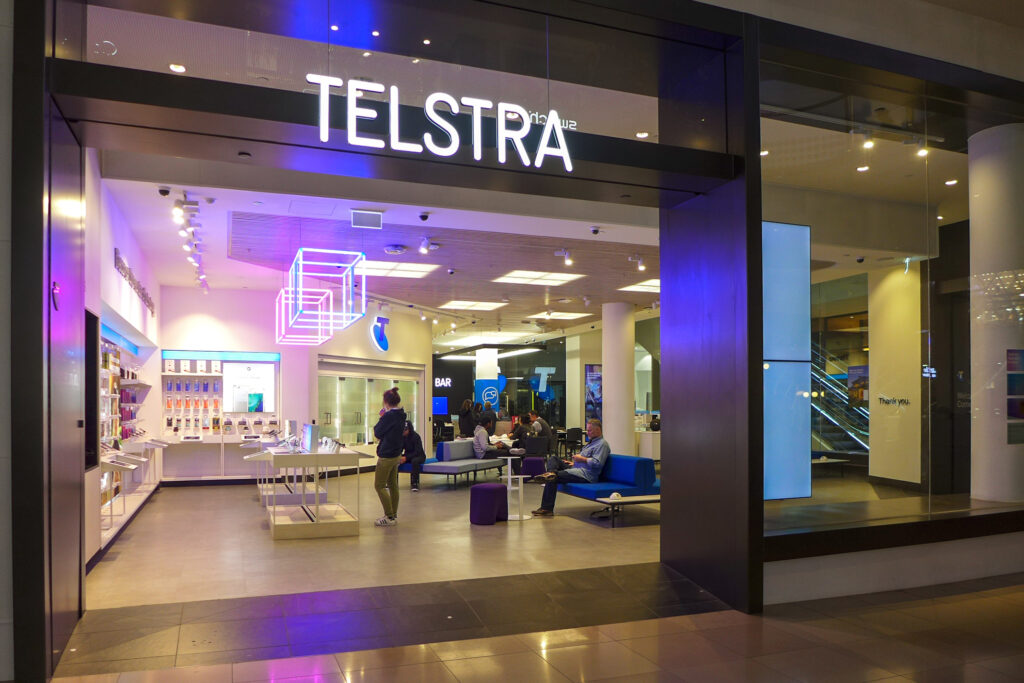Australia’s largest telecom provider outlines a bold AI-driven vision that could reshape its workforce and customer service approach by 2030.
Telstra is preparing for a major evolution in how it operates, with artificial intelligence set to take centre stage in everything from customer support to software development. The company’s CEO, Vicki Brady, shared this vision during Telstra’s annual investor day, signalling a significant shift toward automation and digital transformation.
“As every business will need to, we will embrace AI,” Brady said, adding that the pace of AI innovation over the next five years is expected to be “extraordinary.”
While specific job cut numbers were not revealed, Brady acknowledged that Telstra’s workforce, currently numbering more than 31,000 full-time employees, will likely be smaller by the end of the decade.
At the heart of this transformation is a growing reliance on AI tools and systems that can improve operational efficiency, reduce costs, and streamline customer engagement. Brady confirmed that Telstra has not yet deployed “agentic AI”, autonomous systems capable of executing tasks without human intervention, but said the company is actively developing several initiatives in this area.
“We’re working on a number of things, and I expect we’ll be talking about agentic AI working alongside Telstra employees in the coming months,” she noted.
While these AI agents won’t immediately interface directly with customers, they are poised to take on key support roles behind the scenes.
Chief Financial Officer Michael Ackland echoed the emphasis on AI, calling it a revolutionary force across core functions such as sales, billing, activation, and customer service. “We’re leaning in hard on AI,” Ackland said, pointing out that Telstra currently spends more than AU$2 billion annually on operating costs in these areas. The opportunity to streamline through AI, he explained, is substantial.
Telstra has already integrated generative AI into parts of its customer service workflow, such as automating call summaries, a task that previously required manual input from staff. Additionally, Ackland hinted at future developments in network management, where AI systems could proactively detect and resolve network issues, further boosting efficiency and reliability.
The company’s broader strategic roadmap, dubbed Connected Future 30, aims to balance cost discipline with innovation. Alongside plans to optimise its workforce size, Telstra also committed to ambitious goals: becoming a global leader in both employee engagement and AI maturity by 2030.

The move reflects a broader industry trend. Earlier this month, cybersecurity firm CrowdStrike announced layoffs tied to AI efficiencies, sparking debate over whether companies are overestimating short-term productivity gains from AI. Gartner’s Vice President of Research, Aaron McEwan, cautioned that many businesses are under pressure to justify their AI investments and that real returns may take longer to materialise.
Despite the uncertainty, Brady remains convinced that AI will be a cornerstone of Telstra’s future. After a recent visit to the U.S., she described the momentum around autonomous AI as “phenomenal,” noting that what was once a conversation about unreliable models has now evolved into a discussion about agents that can work independently within organisations.
The path forward may involve fewer human workers, but Telstra insists it’s not just about cost-cutting. “We want to be in the top 25% of companies globally for employee engagement,” the company’s strategy outlines. In parallel, Telstra aims to lead in AI adoption and integration, ensuring the technologies it embraces are not only efficient, but also transformative.
As Telstra charts its future, it stands as a bellwether for how legacy telecom providers are navigating the AI revolution, balancing workforce shifts with digital ambition.

